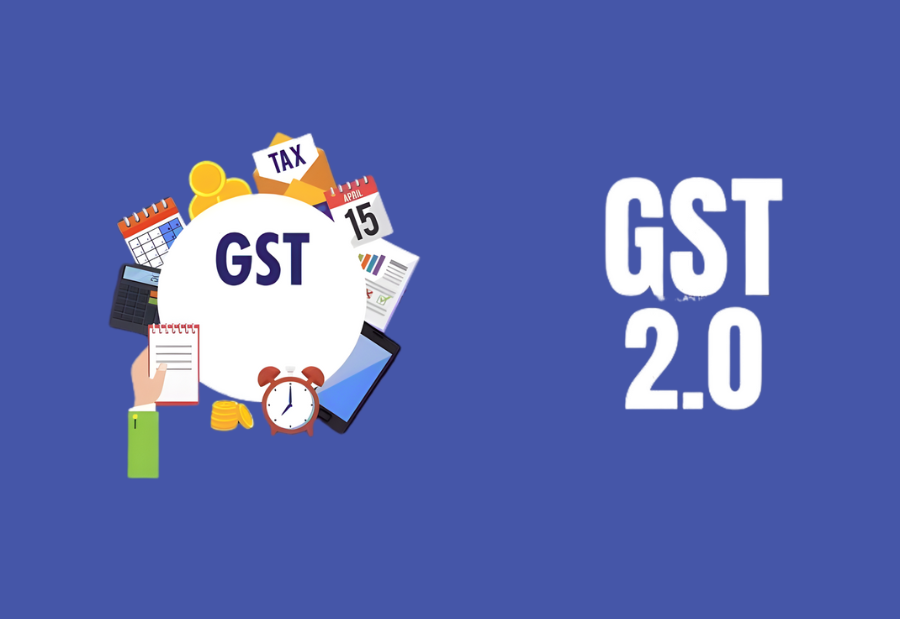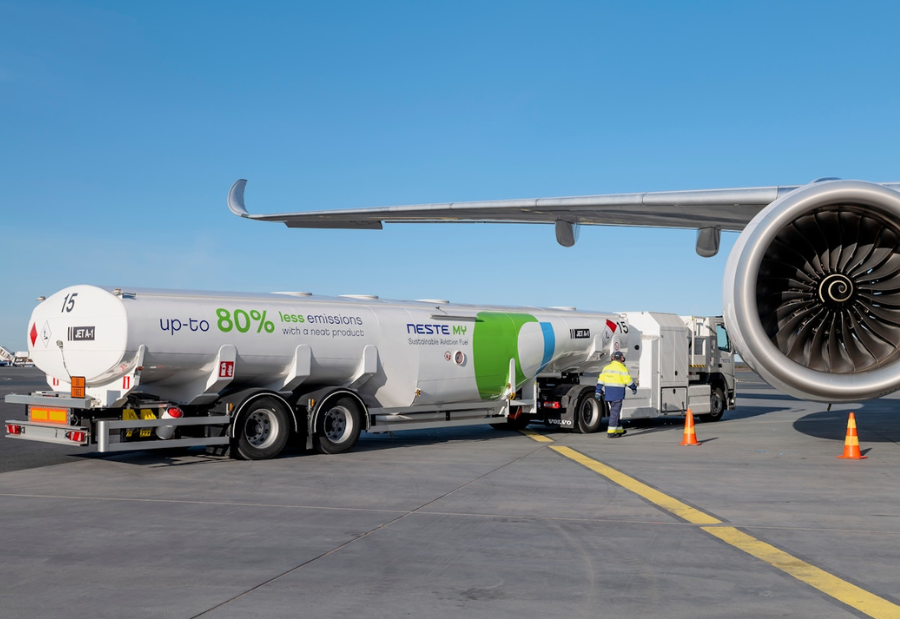Passenger vehicle sales saw a sharp rise during the Navratri festival period, driven by the GST 2.0 rate cuts introduced on September 22. Data from a nationwide consumer survey shows that sales of cars increased by 35 percent year-on-year during the nine-day festival period ending on October 2.
The GST survey, conducted between October 6 and October 13, gathered over 79,000 responses from consumers across 347 districts in India. Of the respondents, 69 percent were men and 31 percent women, while 44 percent came from tier 1 cities, 29 percent from tier 2 cities, and 27 percent from tier 3, 4, 5 and rural areas.
Among vehicle buyers during this period, 52 percent reported receiving the full benefit of the GST rate reduction, while 24 percent said they received partial benefit. Overall, three in four buyers received full or partial benefits, showing strong transmission of tax cuts in the automobile sector. Those reporting no benefit increased slightly from 12 percent in the second week to 17 percent in the third week.
While sectors like appliances, white goods, and consumer electronics are seeing steady pass-through, the transmission of GST benefits in essential goods such as packaged foods and medicines has slowed. In appliances and electronics, 33 percent of consumers received full benefits and 32 percent partial benefits in week three, up from 57 percent in week two, while non-beneficiaries dropped to 14 percent from 33 percent in week one.
In packaged foods, only 22 percent of consumers received full benefits and 32 percent partial benefits in week three, down from 40 percent full benefit recipients in week two. Total beneficiaries fell to 54 percent from 58 percent from GST reduction. Medicines saw the weakest transmission, with 27 percent receiving full benefit and 27 percent partial benefit. Overall, only 54 percent reported any benefit in week three, down from 60 percent, while those reporting no benefit rose from 28 percent to 35 percent.
The survey notes that initial government enforcement helped achieve faster pass-through, but the decline in essential goods sectors shows that more effort is needed by brands, supply chains, and retailers.
“While more consumers are getting the benefits of GST 2.0 reforms, in some sectors like processed foods and medicines much more action is required by the brands, their supply chain and the last mile retailers,” the survey observed.
Also read: Viksit Workforce for a Viksit Bharat
Do Follow: The Mainstream formerly known as CIO News LinkedIn Account | The Mainstream formerly known as CIO News Facebook | The Mainstream formerly known as CIO News Youtube | The Mainstream formerly known as CIO News Twitter |The Mainstream formerly known as CIO News Whatsapp Channel | The Mainstream formerly known as CIO News Instagram
About us:
The Mainstream formerly known as CIO News is a premier platform dedicated to delivering latest news, updates, and insights from the tech industry. With its strong foundation of intellectual property and thought leadership, the platform is well-positioned to stay ahead of the curve and lead conversations about how technology shapes our world. From its early days as CIO News to its rebranding as The Mainstream on November 28, 2024, it has been expanding its global reach, targeting key markets in the Middle East & Africa, ASEAN, the USA, and the UK. The Mainstream is a vision to put technology at the center of every conversation, inspiring professionals and organizations to embrace the future of tech.




